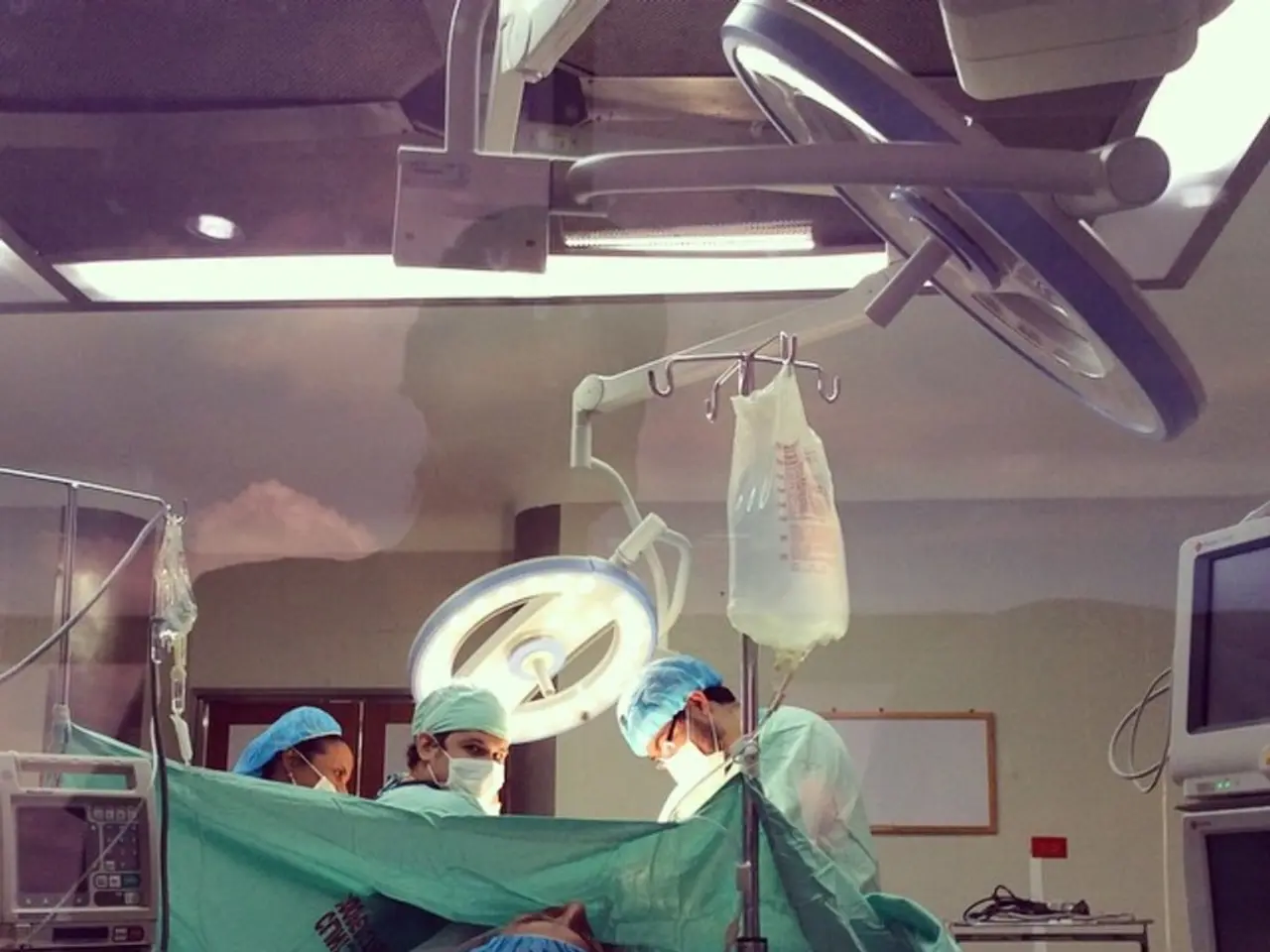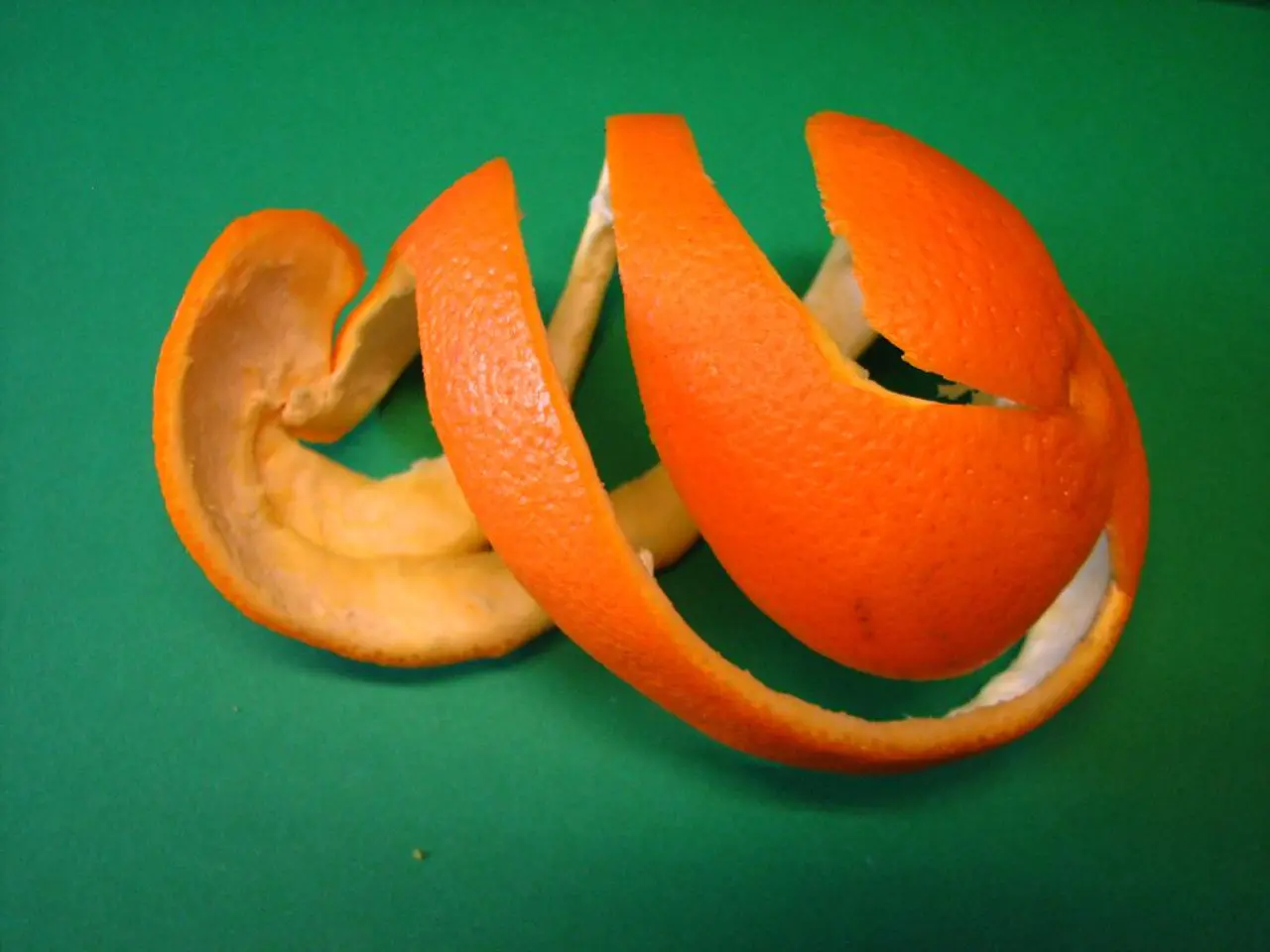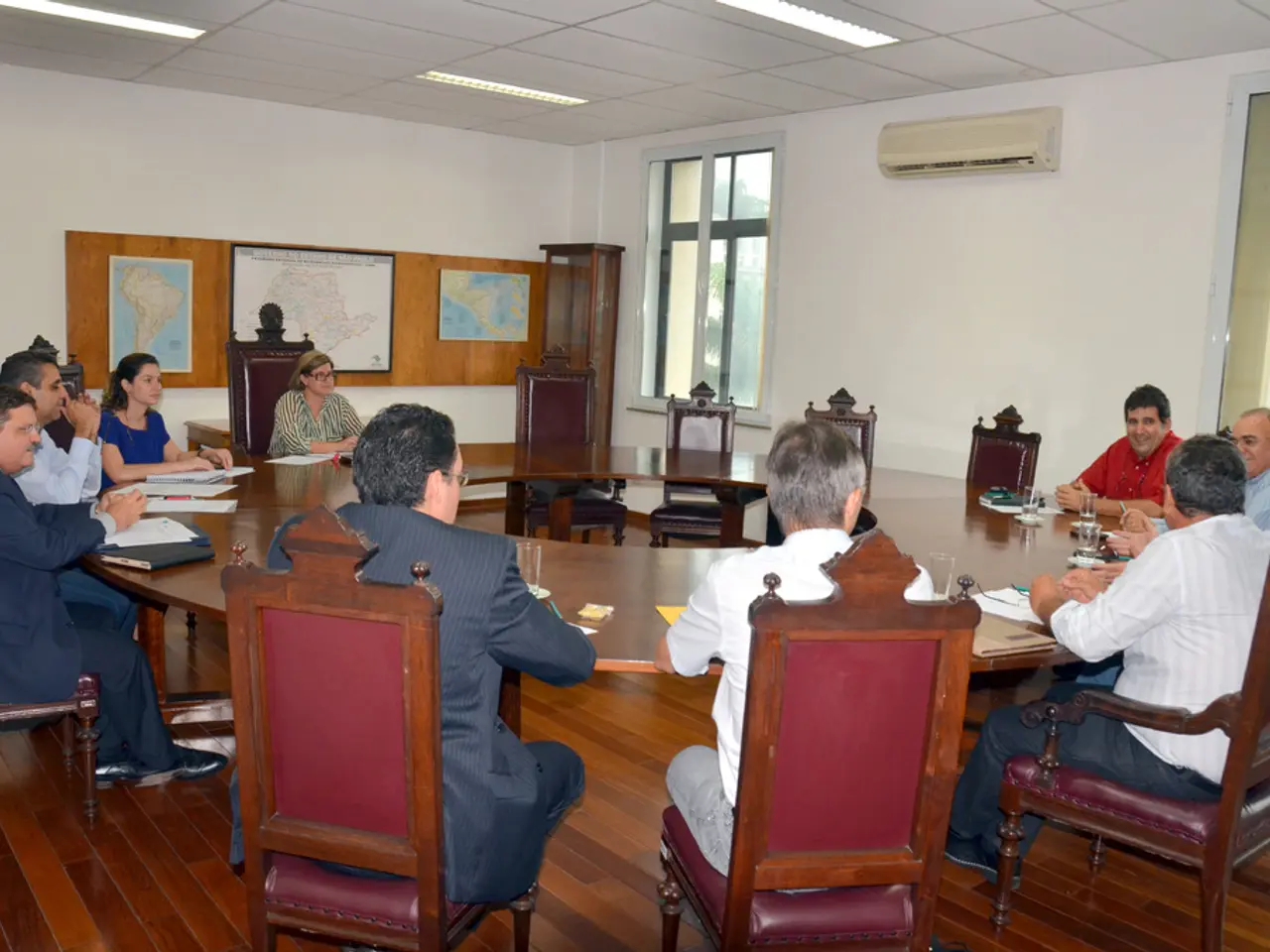Innovative Medical Technology Company, Inovus Medical, publicly reveals two additional general surgery components for their LapAR surgical platform.
In the realm of surgical education, innovative simulation models are revolutionizing the way surgeons learn and hone their skills. Two such models, designed for mesocolic dissection and cholecystectomy, are now available from Inovus Medical.
These models, part of the company's state-of-the-art augmented reality LapAR simulator and transformative Totum platform, are specifically designed to help surgeons master high volume procedures essential for general surgical resident training [1][2].
## Improved Technical Skills and Reduced Learning Curve
The simulation models offer numerous benefits. They provide a safe and controlled environment for repetitive practice, enhancing technical skills such as endowrist manipulation, camera control, and suturing [1][4]. This is particularly valuable for complex procedures like mesocolic dissection and cholecystectomy, where precise tissue handling is crucial.
By offering a risk-free environment, these models significantly reduce the learning curve associated with these procedures, making them an invaluable resource for both novice and experienced surgeons [4].
## Cost-Effectiveness and Enhanced Learning Satisfaction
Simulation training can also be more cost-effective than traditional methods, as it reduces costs associated with equipment and patient care during early stages of training [1]. Additionally, students often report higher satisfaction with virtual simulation platforms, finding them engaging and valuable for their training [2].
## Features of Simulation Models
The simulation models incorporate advanced technologies such as virtual reality (VR) and augmented reality (AR), providing realistic simulations of surgical procedures [2][3]. Some advanced simulators also incorporate haptic feedback, allowing trainees to feel tactile sensations similar to real surgery [3].
Moreover, these models can be customized to mimic a variety of surgical scenarios, allowing trainees to practice different techniques and adapt to unexpected situations [3]. Many simulation platforms also provide quantitative performance scores, enabling trainees to track their progress and identify areas for improvement [3].
## Special Considerations for Mesocolic Dissection and Cholecystectomy
For the Mesocolic Dissection Simulation, the focus is on precise tissue handling and anatomical knowledge, emphasizing the importance of preserving delicate structures during dissection. The Cholecystectomy Simulation, on the other hand, includes scenarios that mimic real surgical challenges, such as managing variations in anatomy and dealing with complications like bleeding or bile duct injuries.
## Conclusion
Innovative laparoscopic surgical simulation models offer significant benefits in terms of skill acquisition, cost-effectiveness, and learning experience, making them invaluable tools for modern surgical education. With the Mesocolic Dissection Model and the Cholecystectomy Model, surgeons can now train in a safe and controlled environment, improving their technical skills and reducing the learning curve associated with these critical procedures.
In the realm of digital health, these innovative simulation models serve as key applications of science and technology in medical-conditions education, particularly health-and-wellness related to surgical procedures. Integrating advanced technologies such as virtual reality (VR) and augmented reality (AR), they provide surgeons with a risk-free, immersive, and engaging learning experience, helping them master complex procedures like mesocolic dissection and cholecystectomy.




